hikkifan17
TPF Noob!
- Joined
- Sep 26, 2012
- Messages
- 5
- Reaction score
- 0
- Location
- United States
- Can others edit my Photos
- Photos OK to edit
Hi,
I am new to the world of "Photography"and I was wondering, how do I focus on a subject but have the background blurred? I presume this question has been asked once or twice.
I have a "Fujifilm Finepix S4200", I tried to follow some instructions on how-to site but having trouble still. Could anyone be willing to share a step by step tutorial of some kind? If so that would be great. Thanks.
I am new to the world of "Photography"and I was wondering, how do I focus on a subject but have the background blurred? I presume this question has been asked once or twice.
I have a "Fujifilm Finepix S4200", I tried to follow some instructions on how-to site but having trouble still. Could anyone be willing to share a step by step tutorial of some kind? If so that would be great. Thanks.


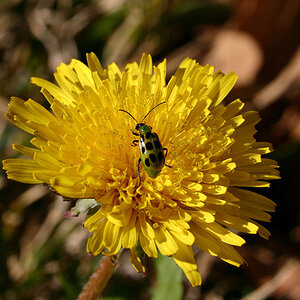
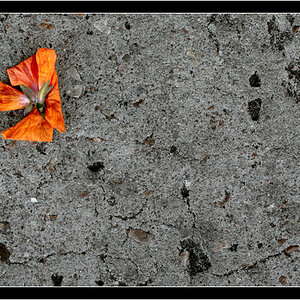


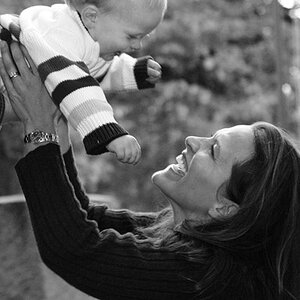


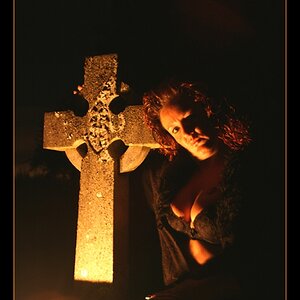

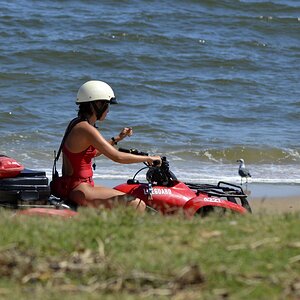
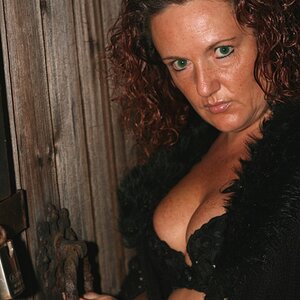
![[No title]](/data/xfmg/thumbnail/30/30988-aef3845b94a67d6dcce6e4e59d5d66c3.jpg?1619734553)